Seyyed Mosque
Seyyed Mosque; a European Mosque
Seyyed Mosque, a four-iwan (porch) mosque, was built during the Qajar era and the reign of Fath Ali Shah. The founder of this mosque is Mohammad Baqer Gilani, known as Shafti, who was one of the influential and affluent scholars of the time of Fath Ali Shah and Mohammad Shah. This great scholar came to Isfahan after reaching the degree of ijtihad (the highest degree of Shia religious studies) under the supervision of the prominent Shia thinkers in Iraq. He then started his teachings. Mohammad Baqer Shafti’s fame quickly reached the people of the city, Iran, and other parts of the Shia world. People at that time rushed to visit him from all over. They also handed over their donations, Khums and Zakat (a form of charity which is a formal duty that compels Muslims to pay a specific amount of their wealth to Islam) to Shafti. Mohammad Baqer Shafti took his share and used the rest for religious purposes. After a while, he also got involved in the trade business. Gradually, the people who found him reliable gave him all their life savings. There were people from the city of Rasht that came to him for trade. Seyyed Mohammad Baqer later became the richest man in the city, to the point that the political and prominent people of the city were in his debt.
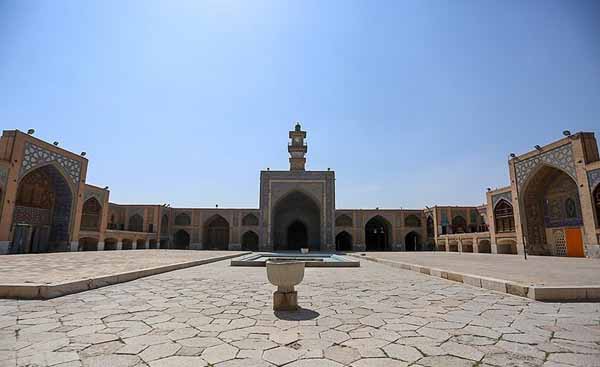
The Construction of Seyyed Mosque Begins
In 1245 AH, he decided to build a mosque in the Bidabad neighborhood. At that time, this neighborhood was located outside the city. No one but the Shah could afford the construction of the Seyyed Mosque. But Seyyed Mohammad Baqer was able to pay all the expenses for the construction of Seyyed Mosque with the money he had gathered from his trade business and such. Seyyed did not live to see the completion of the mosque. He was buried in the tomb that he had built in the northeastern part of the mosque when he was alive. Seyyed Mosque is decorated in the best way by the hand of artists in tilework, calligraphy, Rasmi-Bandi (a distinctive type of traditional patterns), Kaseh-Sazi (decorations in the form of dishes), and Moqarnas (three-dimensional decoration of Islam architecture). Notably, at the time of the construction of the Seyyed Mosque, the Art and Architecture of Iran was at its early stages.
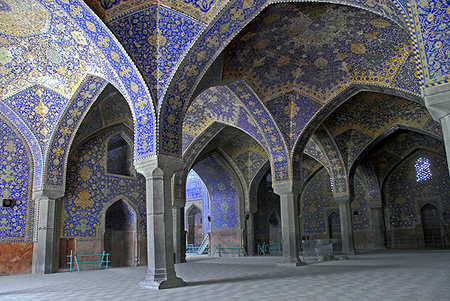
Seyyed Mosque: A Mosque with No Minarets and Dome
Seyyed Mosque is also known as a mosque without a dome and minaret. Also, with its clock and bell, it resembles a European-style mosque. It should be noted that the mosque has a dome that has no decorations on its outside. Initially, the mosque was supposed to have a dome and two minarets. However, its location behind the porch and its low height, and lack of exterior view from the courtyard, changed the architects’ mind about continuing to build the minarets. Today, a dome without decorations and two half-finished minarets are visible from the top of the mosque and behind the porch.
The European Clock and Bell
In 1323 AH, Maleko-tojar bought a clock on his trip to Europe. Due to the efforts of the architects in designing a four-story mosque, it has a storage room, equipment room, and clock and bell on the southern porch. The clock, which works with a handle, needs to be handled every 7 to 10 days. Since then, skilled Isfahani watchmakers have been responsible for repairing and restarting it. The bell of Seyyed Mosque rings at the number of hours of the day and night. For example, at 9 o’clock in the morning, the bell rings nine times, and every half an hour, the bell rings once.
An Imitation of Chehel Sotun
One of the interesting points of Seyyed Mosque is the space inside the mosque that is similar to Chehel Sotun Palace. This space, behind the porch, was considered Seyyed Mohammad Baqer Shafti’s school. To build this part, a house belonging to Seyyed Saeed had to be deconstructed, and this person did not want to sell his house. Finally, according to Seyyed Mohammad Baqer, Seyyed Saeed left the house to the mosque, provided that he was to be buried in the middle of where his house once was. Today, the tomb of Seyyed Saeed is in one of the corners of the mosque.
And at the End…
In summary, the European clock and bell and the half-finished minarets and dome of the mosque, and the interesting character of the founder of the mosque himself make it one of the special examples of Iranian mosques. Every year, many tourists come to visit this European-style mosque.

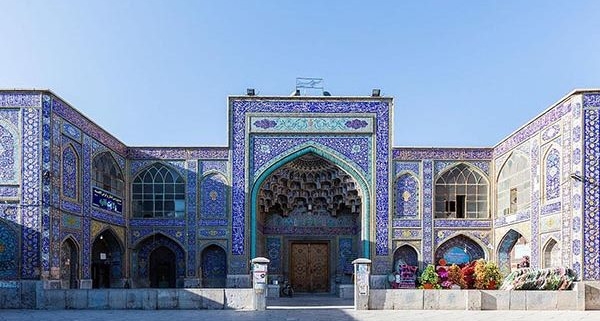
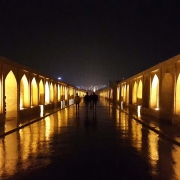
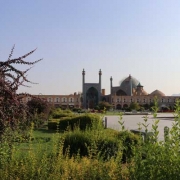
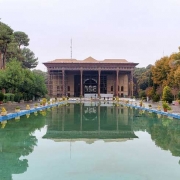
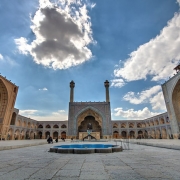
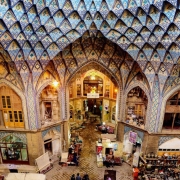
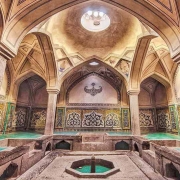
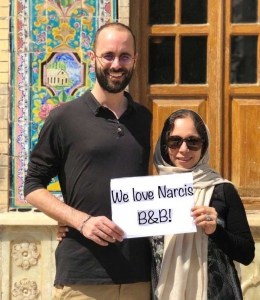




Leave a Reply
Want to join the discussion?Feel free to contribute!